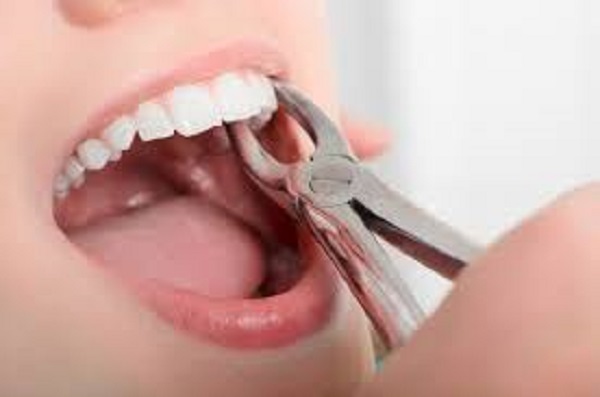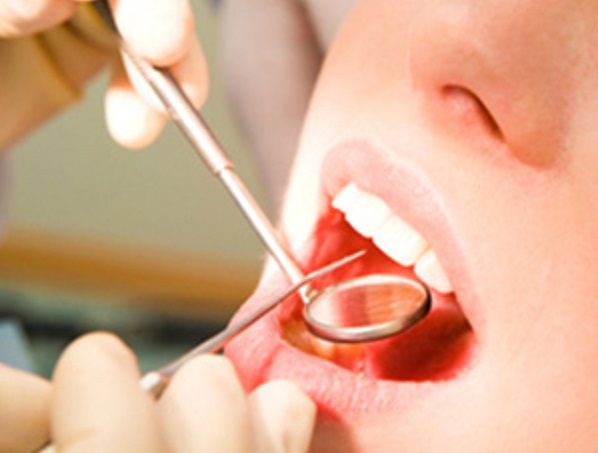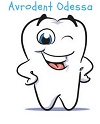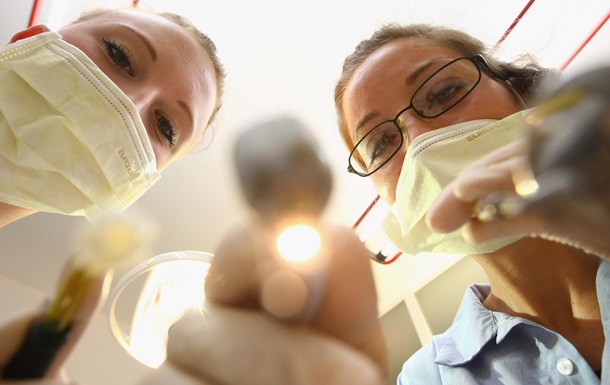Dental Treatments
Cleaning and Prevention

Dentistry is founded on the principle of prevention. All patients are recommended biannual cleanings and examinations. Not only do they help you quash dental problems before they arise, they leave your gums healthier, and your teeth cleaner and whiter. A professional cleaning removes hard plaque that cannot be removed by brushing and flossing alone. It also involves a fluoride treatment and polish to help protect and soothe your teeth and gums. Even if you haven’t had a cleaning in over two years, it’s never too late to treat your teeth.
Crowns, Bridges and Veneers
Crowns
A crown, otherwise known as a cap, is custom-fitted to your bite and is placed over your natural tooth or dental implant. We recommend this procedure for those who have an intact tooth without root rot. The tooth may be damaged or decayed on the surface.
Bridges
To replace a missing tooth that has neighboring teeth with decay and/or large fillings, or a tooth that has been missing for a long time (i.e., with gum recession around the area), we recommend bridges as opposed to dental implants.
Veneers
If you’re looking to cosmetically correct or enhance the appearance of one or more teeth, we suggest veneers. They are very thin, porcelain or resin shells that you can customize in color and shape. They are non-invasive and are resistant to future stains.
Dentures

Missing teeth can make your cheeks look hollow and your mouth look sunken. More importantly, your diet can suffer. Those missing multiple teeth in a row may want to consider dentures for both cosmetic purposes and overall wellness. Depending on the amount of teeth missing, we may suggest partial or full dentures. During your consultation, we’ll assess all your options and you can choose what you feel most comfortable with.
Partial
Partial dentures are ideal for those who are missing only a few teeth in a row. They latch onto the remaining gum line and any intact adjacent teeth. Even if you only have one tooth on your dental arch, a partial denture may still work best, since the remaining tooth serves as a natural anchor.
Complete
When your dental arch no longer has any teeth, a complete denture is the optimal solution. You can choose the traditional kind that latches to the gum line or choose to have dentures that are anchored by dental implants. The latter option has the best hold, but involves surgery. Our dentists can discuss all the details so you can make an informed decision.
Extractions

Our dentists make every effort to preserve your natural teeth. However, extractions are necessary when decay has made the tooth unsalvageable or when you have an advanced periodontal disease. When a tooth is malformed, damaged, impacted or ingrown, different procedures are used, but all extractions are considered surgery. Depending on which tooth is removed, we can offer you a replacement in the form of a dental implant or oral prosthetic.
Dental Fillings
Used to prevent the spread of tooth decay or correct any cosmetic damage, a filling is just one of the ways our dentists preserve your health. Before placement, any rot must be drilled out. We offer local anesthesia along with sedation to ensure maximum comfort for our patients. There are two different types of fillings: amalgam (otherwise known as silver fillings) and composite resin, the color of which can be customized to match your natural teeth.
Amalgam
Made up of silver, copper, mercury, and tin, amalgam fillings are the most durable and economical option for our patients. They last up to ten years and are less likely to fall out or break. Commonly used for filling in molar cavities, amalgam fillings can withstand biting pressure and can be fully administered in a single visit. Despite the mercury content, these silver fillings are perfectly safe for anyone aged six and up.
Composite Resin
Since the color of a composite resin filling can be customized, it is the most aesthetically pleasing option. However, it is more expensive and not as strong as an amalgam filling. Composite resin is ideal for repairing chipped or cracked teeth, filling in a tooth gap, correcting dental discoloration, protecting any exposed tooth root from gum recession, or changing the shape of teeth. Patients may also choose composite resin for cavity fillings as they are bonded to the teeth in layers and therefore require less drilling away of the natural tooth.
Implants

In our practice, we use the latest technology – teeth implantation under the microscope. The use of a dental microscope allows to install implants much more accurately, which affects the effectiveness and quality of treatment. The effectiveness of dental treatment under the microscope is 40-50% higher compared to conventional treatment.
A dental implant mimics the form and function of a natural tooth, which consists of a root and a crown. The crown is the visible part of your tooth. It is used to chew food and is therefore the most susceptible to cavities. The crown is attached to the jawbone by way of the root. When decay has gone deep enough or when a periodontal disease has advanced enough to warrant an extraction, the entire tooth, root and all, is taken out. The dental implant is a titanium root that gets fitted into a socket that we create in your jaw. Once the root heals, we place an artificial crown on top. The new crown is customized to match your bite and the color of your teeth.
What are the benefits of getting teeth implants?
They look and act like natural teeth
They can last a lifetime with the right care
You don’t need any adhesives
They improve appearance, comfort, and speech
It’s easier to eat
Periodontal Maintenance

Among the causes for periodontal (gum) disease are genetic susceptibility, smoking, and other illnesses like diabetes. Periodontal maintenance involves removing plaque and tartar from above and below the gum line. Most gum diseases are preventable with proper oral hygiene. However, what can start out as gingivitis (inflamed or bleeding gums) can quickly turn into periodontitis. In such cases, gums pull away from the tooth to create “pockets,” thereby exposing a dental root to infection. It can also lead to prolonged bad breath, loose teeth, painful chewing and other complications.
Teeth Whitening

Professional teeth whitening is faster, more effective, and longer lasting that treatments you find over the counter. As we age, our teeth darken over time. We can brighten your teeth by five to ten shades in a single session, but maintaining good oral hygiene and steering away from certain foods and beverages will help keep any future whitening services to a minimum. We may also prescribe some medication for you to use at home that helps the whitening process.
Procedure:
Thorough cleansing and polishing of teeth
Application of gum protectant
Application of whitening agent
Whitening agent is laser-activated
Whitening agent is left on teeth for several minutes
Teeth and gums are rinsed
Root Canal

Root canal treatment is an often straightforward procedure to relieve dental pain and save your teeth. Patients typically need a root canal when there is inflammation or infection in the roots of a tooth. During root canal treatment, our doctor carefully removes the pulp inside the tooth, cleans, disinfects and shapes the root canals, and places a filling to seal the space. He performs all the procedure using the microscope.


